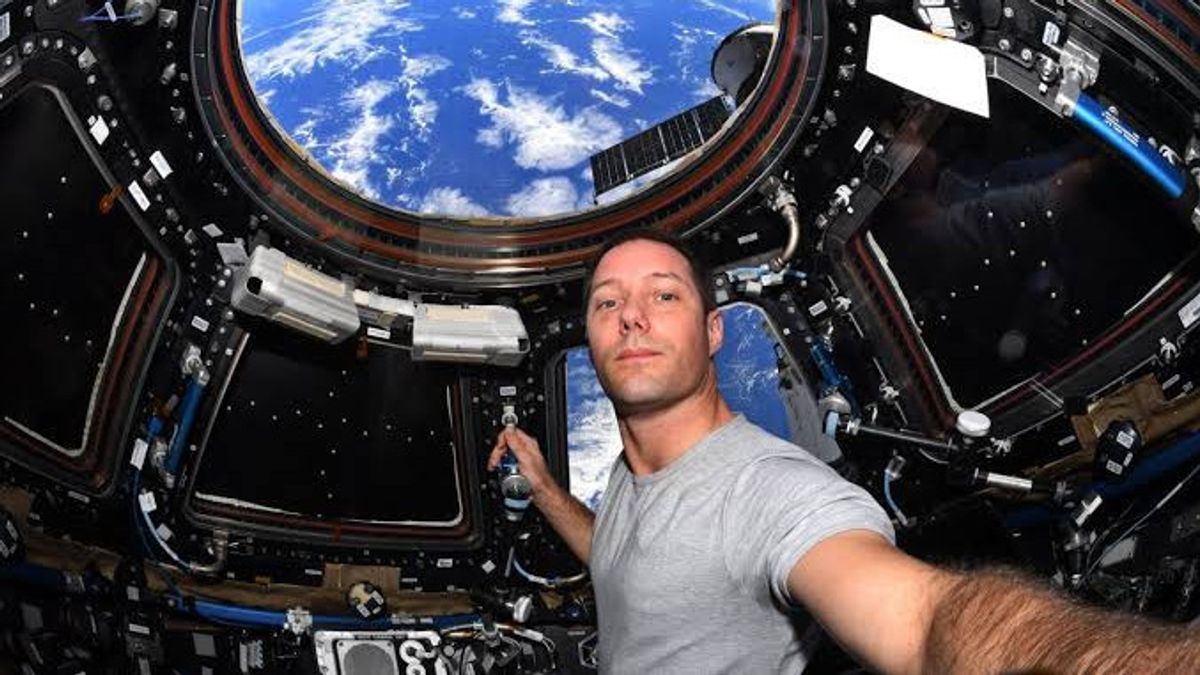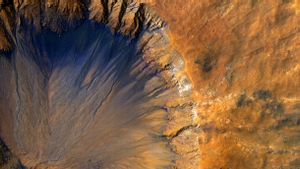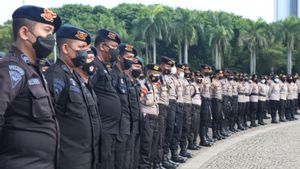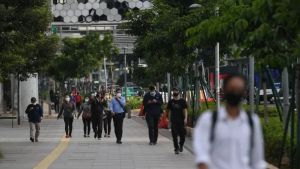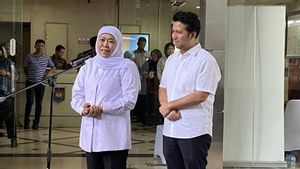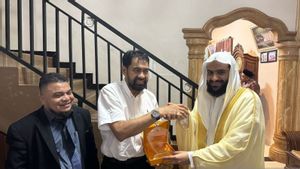JAKARTA - Astronauts who are now on the International Space Station (ISS) often upload stunning images of Earth. No wonder because from Cupola, the observation module with seven windows offers a great view of the Earth.
One of the occupants of the ISS is Thomas Pesquet, who frequently emerges as one of the most skilled gunners of the current crew. The French astronaut often shares stunning images of Earth on his Instagram and Twitter accounts.
But getting that great shot isn't just peeking out of the Cupola window and hoping for the best shot, but Pesquet is often in trouble.
It has been a while, but the blues of the #Bahamas and #KeyWest just never disappoint, seem to change hue on every pass over the area and brighten up our day every time we see them. Bask in the blue tones, and if you want more, there is a mapping too: 💙https://t.co/d4Pw9S4WDq pic.twitter.com/ZmEg6ccXWJ
— Thomas Pesquet (@Thom_astro) September 21, 2021
Normally, astronauts nowadays use a Nikon D5 DSLR camera with a telephoto lens to photograph Earth, but as Pesquet explained in his recent upload, it actually takes a lot of preparation to increase the chances of capturing a good image.
“Good planning for an image is half the job, and for us, it starts with our navigation software. This software shows us where it is day and night and even predictions of cloud cover, but most importantly it shows us the future orbit," Pesquet said as quoted by Digital Trends, Saturday, September 25.
The astronaut, who arrived on the ISS last April, said many people “think that we can take pictures of certain places on Earth on command, but it's much more difficult than that. First of all, our orbital position means we only fly over certain areas at regular intervals," Pesquet explained.
SEE ALSO:
"Secondly, even if we fly over an area of interest, maybe at night so there's nothing to see unless it's a city with bright street lights."
The core of the two biggest obstacles that Pesquet refers to are clouds that block vision and work schedules. Because ISS astronauts spend most of their time working on science experiments.
“Often we pass the area while working. We can't leave everything we were doing at 2:35 pm for example just because we really wanted to take pictures of cities or mountains or other wonders of Earth," Pesquet said.
"Even if the stars are aligned and we have the time, orbit, and weather in our favor, we still need to see the target from 400 kilometers above and set the camera settings properly!" he added.
Judging from the results of the images, it proves that Pesquet has an interest in getting good photos of the Earth landscape, and his careful preparation has paid off.
The English, Chinese, Japanese, Arabic, and French versions are automatically generated by the AI. So there may still be inaccuracies in translating, please always see Indonesian as our main language. (system supported by DigitalSiber.id)
